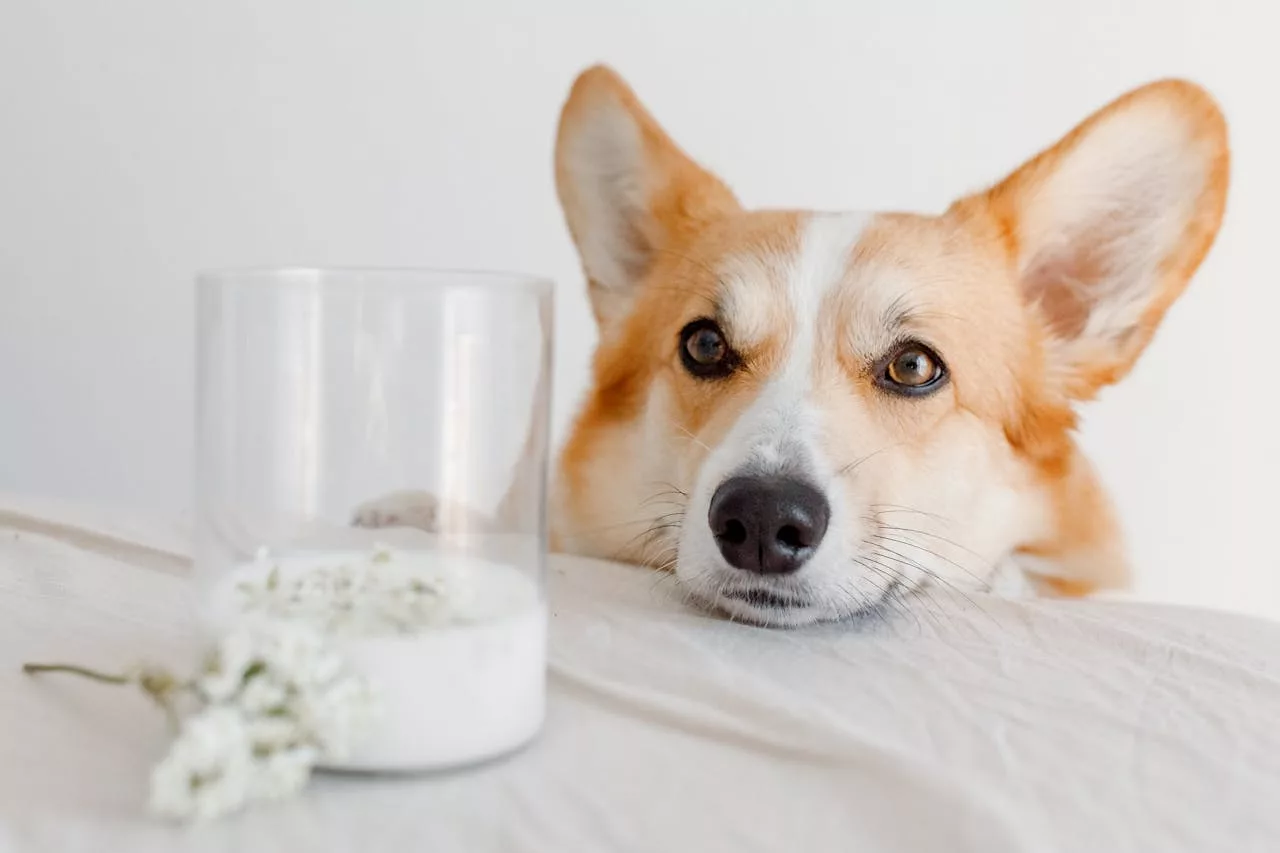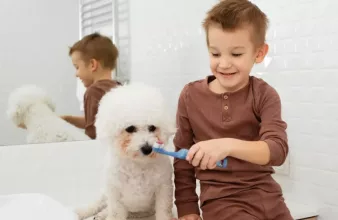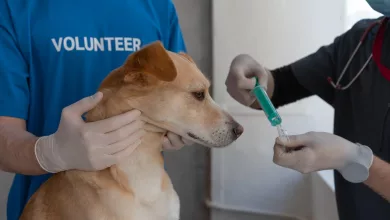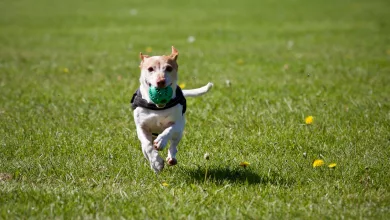Your pet’s eyes are not just windows to their soul—they’re also vital for their everyday activities and quality of life. Unfortunately, pets can suffer from various eye conditions that, if left untreated, can cause discomfort or even lead to vision loss. Knowing the signs of common eye problems and how to manage them can make all the difference in ensuring your pet’s eye health. Here’s a guide to the most common pet eye conditions and tips for managing them.
1. Conjunctivitis (Pink Eye)
Conjunctivitis is a common condition in pets and involves inflammation of the conjunctiva, the pink tissue lining the inner eyelid.
- Symptoms: Redness, swelling, watery or mucous discharge, frequent blinking, or pawing at the eye.
- Causes: Allergies, infections, foreign objects, or underlying health conditions.
- Management:
- Keep the affected eye clean with a damp cotton ball.
- Use prescribed antibiotic or anti-inflammatory eye drops as directed by your vet.
- Identify and address the underlying cause to prevent recurrence.
2. Corneal Ulcers
Corneal ulcers are open sores on the cornea, often caused by trauma, infections, or underlying diseases.
- Symptoms: Squinting, excessive tearing, redness, or a cloudy appearance in the eye.
- Causes: Scratches, debris, infections, or conditions like dry eye.
- Management:
- Seek veterinary care immediately to avoid complications.
- Follow treatment protocols, which may include antibiotic drops, pain relief, or even surgery for severe cases.
- Prevent further injury by using an Elizabethan collar if your pet rubs their eye.
3. Cataracts
Cataracts appear as cloudy or opaque lenses in the eye and can interfere with vision.
- Symptoms: Cloudy or white eyes, difficulty navigating, or bumping into objects.
- Causes: Genetics, aging, diabetes, or trauma.
- Management:
- Regular vet checkups to monitor the progression of cataracts.
- Surgery may be an option for advanced cases to restore vision.
- Manage any underlying health conditions, such as diabetes, to slow progression.
4. Glaucoma
Glaucoma is a condition where increased pressure within the eye damages the optic nerve, potentially leading to vision loss.
- Symptoms: Red eyes, cloudiness, dilated pupils, excessive tearing, or signs of pain (e.g., pawing at the eye or sensitivity to touch).
- Causes: Genetic predisposition, injury, or other eye conditions blocking fluid drainage.
- Management:
- Immediate veterinary intervention is crucial to preserve vision.
- Treatment may include medications to reduce pressure or surgery in severe cases.
- Routine eye exams are essential for early detection.
5. Dry Eye (Keratoconjunctivitis Sicca)
Dry eye occurs when the tear glands fail to produce enough moisture, leading to irritation and potential corneal damage.
- Symptoms: Redness, discharge, squinting, or a sticky film over the eyes.
- Causes: Immune disorders, infections, or certain medications.
- Management:
- Use vet-prescribed artificial tear drops or ointments to maintain moisture.
- In severe cases, medications may be needed to stimulate tear production.
- Regular cleaning of the eyes to remove discharge.
6. Entropion
Entropion is a condition where the eyelid rolls inward, causing the lashes or fur to rub against the eye.
- Symptoms: Excessive tearing, squinting, or visible irritation.
- Causes: Genetics (common in breeds like Shar-Peis, Bulldogs, and Persian cats) or chronic irritation.
- Management:
- Mild cases may be managed with lubricating drops.
- Surgery is often needed to correct the eyelid and prevent ongoing damage.
- Regular monitoring for signs of discomfort or recurrence.
7. Cherry Eye
Cherry eye occurs when the gland of the third eyelid prolapses, creating a noticeable red bulge in the corner of the eye.
- Symptoms: A red or pink mass in the corner of one or both eyes.
- Causes: Weak connective tissue in the eyelid (common in certain breeds like Beagles and Bulldogs).
- Management:
- Consult a veterinarian for treatment, which may include surgery to reposition the gland.
- Avoid trying to push the gland back into place, as this can worsen the condition.
8. Eye Infections
Bacterial, viral, or fungal infections can affect the eyes, leading to discomfort and potential complications if untreated.
- Symptoms: Redness, discharge, swelling, frequent blinking, or pawing at the eyes.
- Causes: Contaminated environments, injuries, or underlying conditions.
- Management:
- Use prescribed antibiotic or antifungal medications as directed by your vet.
- Keep your pet’s eyes clean and monitor for worsening symptoms.
- Limit exposure to potential sources of infection, such as unclean water or debris.
9. Progressive Retinal Atrophy (PRA)
PRA is a genetic condition that leads to the gradual deterioration of the retina and eventual blindness.
- Symptoms: Night blindness, difficulty navigating, or dilated pupils.
- Causes: Inherited in certain breeds, such as Poodles, Labrador Retrievers, and Siamese cats.
- Management:
- There is no cure, but routine vet checkups can help monitor the condition.
- Use environmental adaptations to assist pets with vision loss, such as consistent furniture placement.
Tips for Preventing and Managing Pet Eye Conditions
- Regular Eye Checks: Examine your pet’s eyes for redness, discharge, or cloudiness as part of your routine care.
- Clean Eyes Gently: Use a soft, damp cloth to remove debris and keep the area around the eyes clean.
- Protect Against Injury: Prevent your pet from accessing hazardous areas or playing with sharp objects.
- Maintain a Healthy Diet: Proper nutrition supports overall health, including vision.
- Visit the Vet: Schedule regular checkups and consult your veterinarian at the first sign of an issue.
Conclusion
Eye conditions in pets are common but manageable with proper care and timely intervention. By staying vigilant and working closely with your veterinarian, you can protect your pet’s eye health and ensure they lead a comfortable, happy life. Regular attention to your pet’s eyes can prevent minor issues from becoming major problems, keeping their vision clear and their spirits bright.




